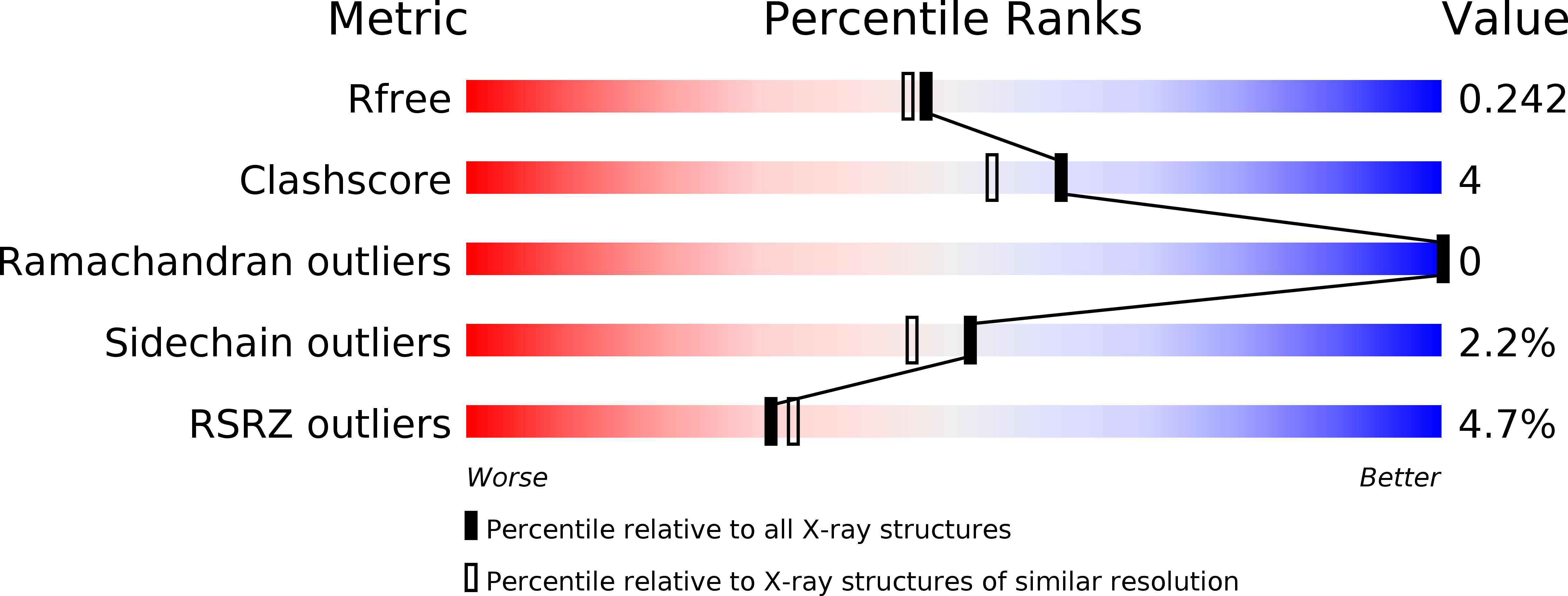
Deposition Date
2017-07-14
Release Date
2017-11-22
Last Version Date
2024-05-08
Entry Detail
PDB ID:
5OH6
Keywords:
Title:
Legionella pneumophila RidL N-terminal domain lacking beta hairpin
Biological Source:
Source Organism:
Host Organism:
Method Details:
Experimental Method:
Resolution:
2.05 Å
R-Value Free:
0.24
R-Value Work:
0.20
R-Value Observed:
0.20
Space Group:
P 1 21 1


